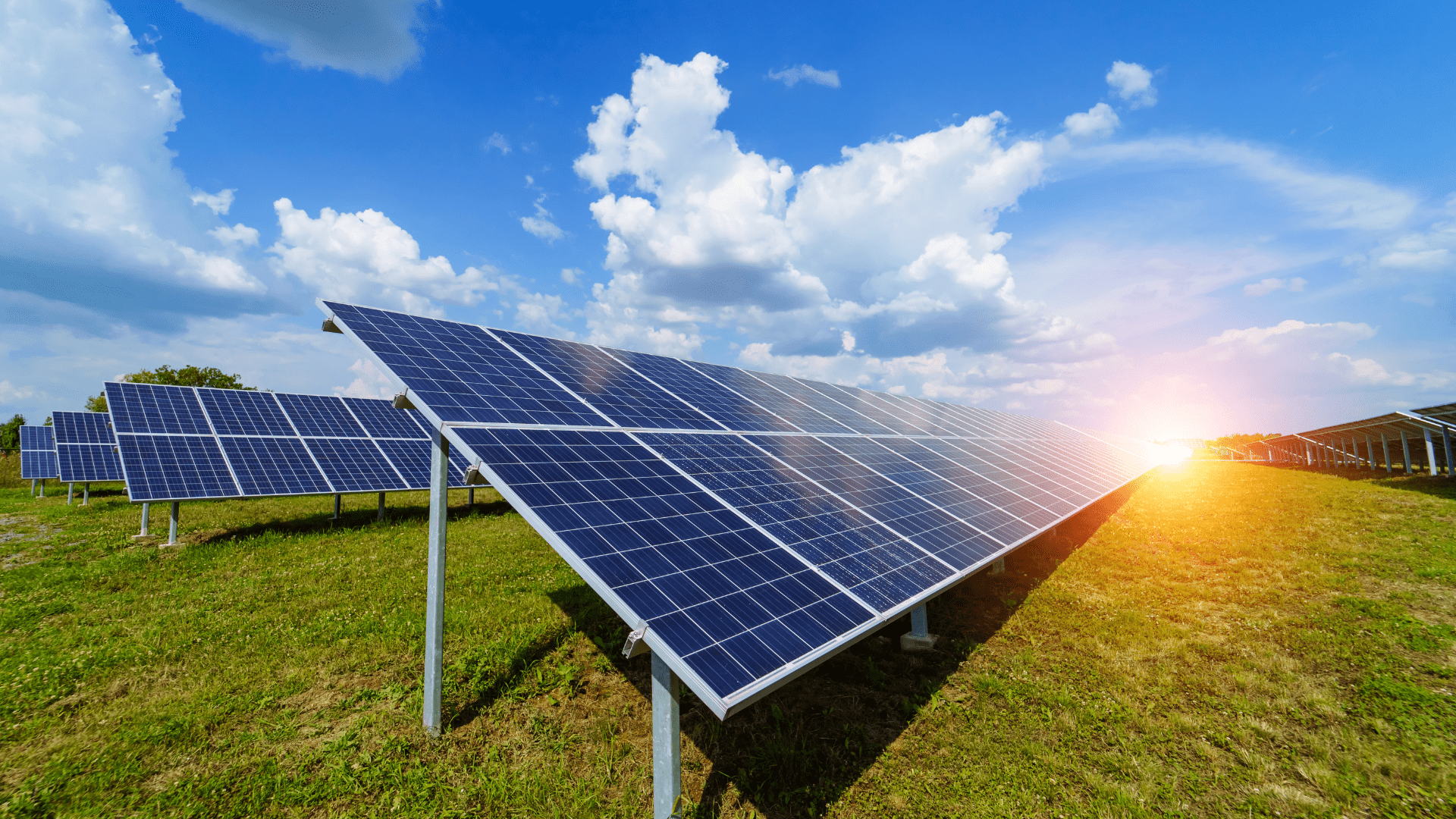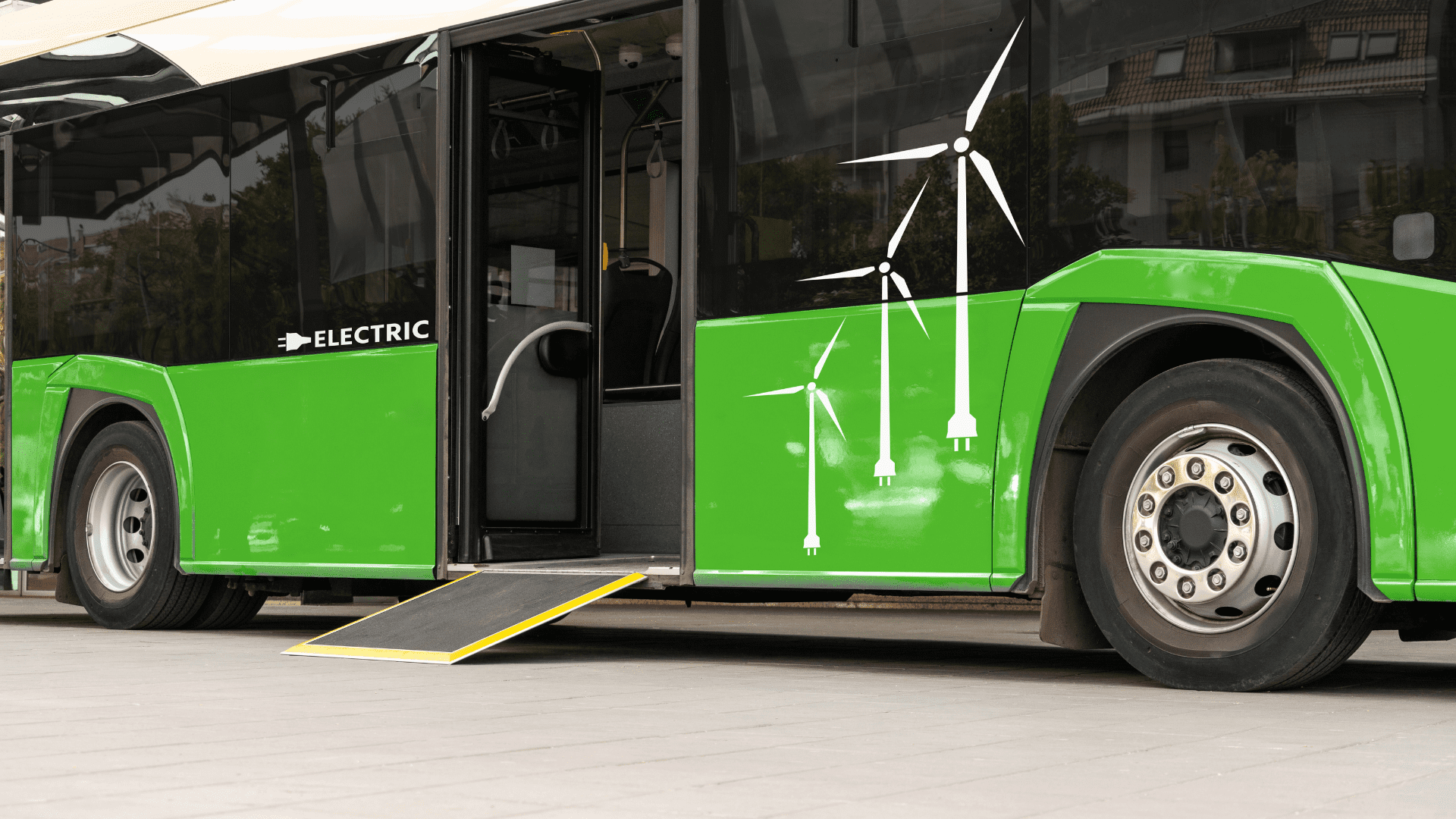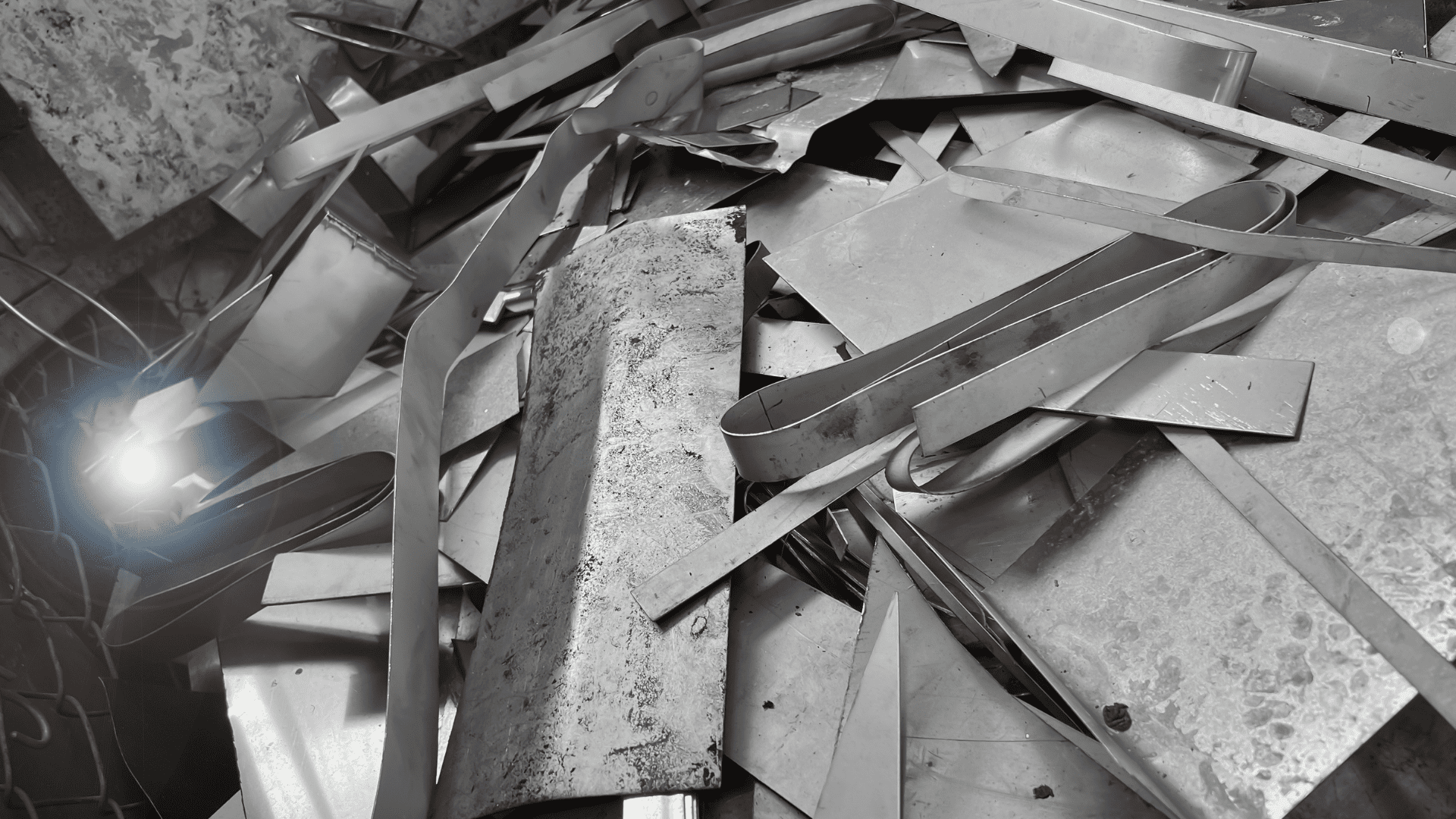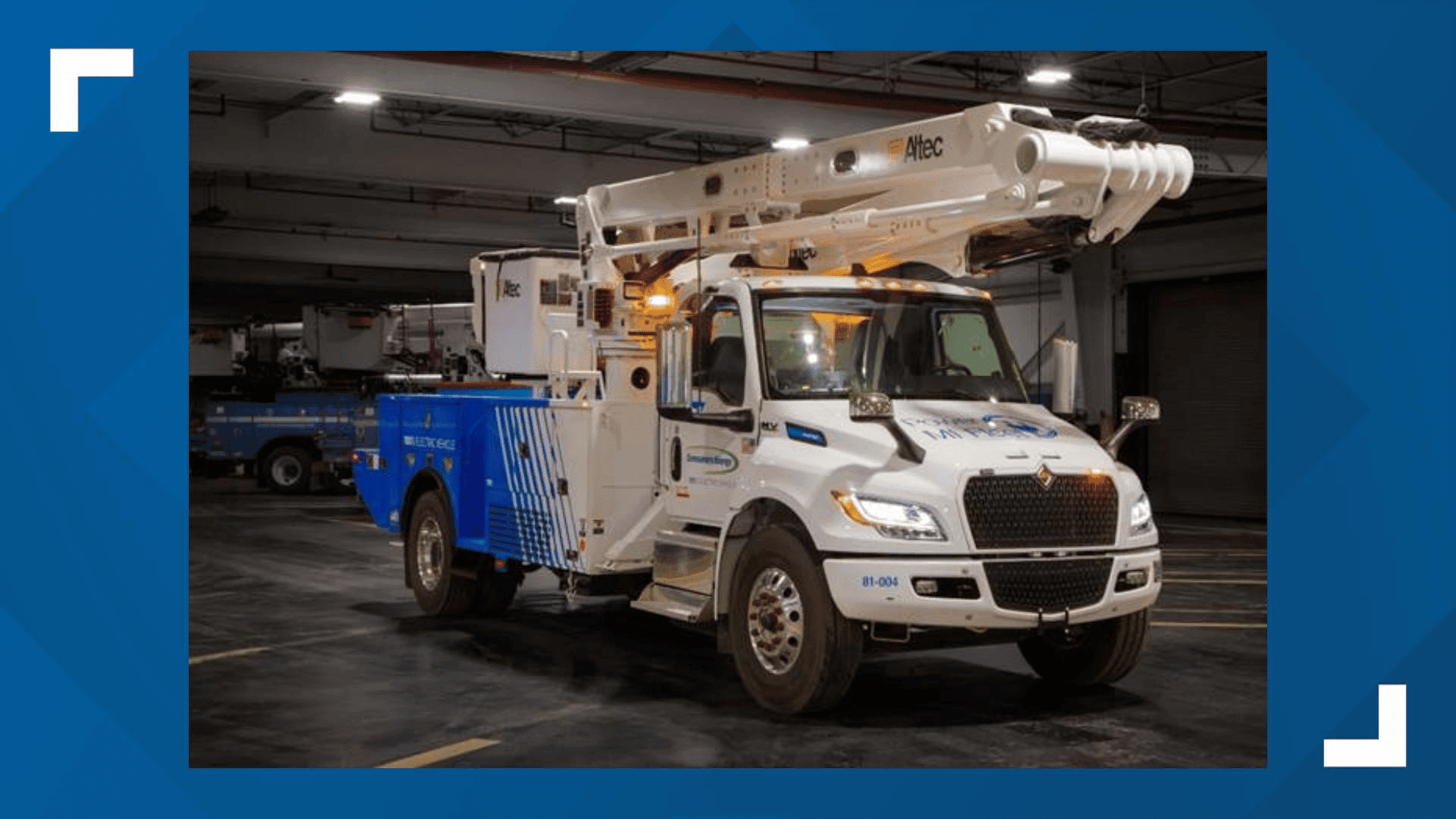There is a major push for sustainable technology to help the world transition to alternative energy. Among the well-known energy storage and sustainable technologies are the up-and-coming resources making a strong push.
Self-Dusting Solar Panels

According to the International Energy Forum, solar technology must increase by 20% annually until 2030 to meet net-zero targets. While the world aims to hit that target, it needs new solar technology. So, how do self-dusting solar panels sound? Companies are popping up that develop this kind of technology, like the startup Dustoss. You may ask why, but dust mites are a growing issue for solar panels. Studies show that solar panels lose nearly 22% of their energy output because of dust.
Automated self-cleaning services for solar panels don’t use water or electricity, which keeps it sustainable. The services are cost-effective and can be controlled by your phone through an app.
Recycled Insulation
Many products are exposed to harmful chemicals that slow the push for sustainability. Spray polyurethane foam is one of those products. Unfortunately, it’s a common insulation material. The spray releases blowing agents such as hydrofluorocarbons, contributing to high greenhouse gas emissions.
There is a push to use recycled materials to replace common insulation materials that cause harmful side effects. For example, cork is a 100% recyclable, natural, and ec-friendly insulation. The material comes from the outer bark of oak trees. In addition, the material has a negative carbon footprint and is resistant to dampness.
Electric Buses

Public transportation is the next frontier of electric vehicles, with a major push for electric cars. Most buses are powered by diesel, a harmful fossil fuel that negatively impacts the environment. One of the newest innovations is hydrogen fuel cell-powered vehicles. The fuel cell combines an electric powertrain, fuel cell systems, batteries, and technology. Electric buses and hydrogen buses share the same environmental benefits, but hydrogen-powered buses last longer.
Electric Construction Equipment
Fossil fuels, such as the aforementioned diesel, power most construction equipment. Electric handheld tools are a common addition to the toolbox, but the same can’t be said for larger equipment. Large construction equipment is just now transitioning to electric power. Switching over to electric construction equipment eliminates harmful gases released from traditional fuel. A sustainable transition could mean improving air quality and reducing pollution.
Sustainable Building Materials

The construction and building industries are turning towards sustainable practices, starting with green building materials with a low environmental impact. Materials like recycled steel could benefit commercial and residential buildings. Recycled steel reduces the need to mine for iron or other raw materials. Because steel is so recyclable, it can be repurposed rather than sit in a landfill.
Bamboo and reclaimed wood are growing sustainable resources. Bamboo is a lightweight and durable natural resource that grows fast. Its fast growth rate helps reduce the effects of deforestation. In addition, reclaimed wood limits the emissions from deforestation. The wood uses fewer chemicals and finishes than new wood, reducing environmental impact.







